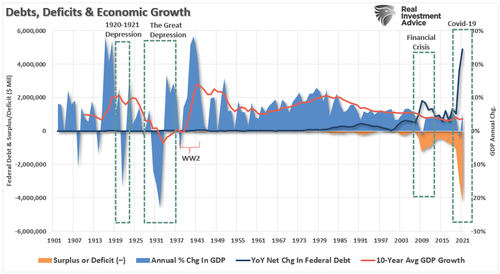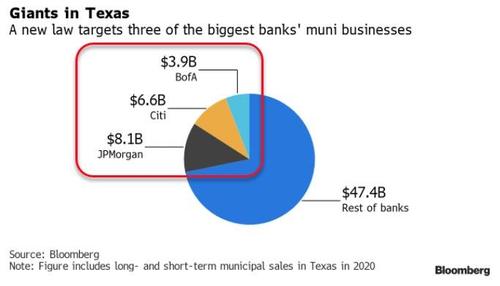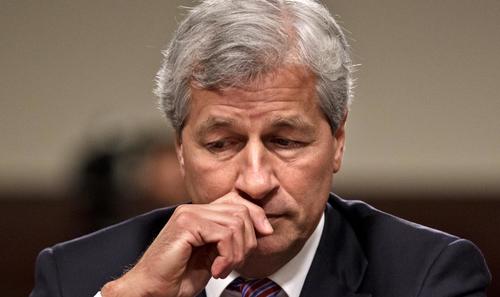
- CSI: Vegas. CBS. Wednesday, October 6, 10 p.m.
- Ghosts. CBS. Thursday, October 7, 9 p.m.
It’s October, so already network television is a grisly clutter of ghosts and phantasms and ambulating corpses. The most hideously unnerving of the bunch is CBS’ all-the-entrails-you-can-eat buffet CSI: Vegas—and not just for all the gloriously Technicolor viscera its stars toss around like liver-and-kidney-and-lung-flavored popcorn. If you’re thinking, hey, didn’t we already have a CSI set in Las Vegas, the answer is a dismal yes, and CBS necromancers have reanimated it, opening the very jaws of police procedural Hell upon us.
CSI: Crime Scene Investigation ran from 2000 to 2015, spawning four spinoffs and countless hours of incomprehensible toxicological jargon and retch-o-rama autopsy footage. TV cop dramas go back to the days of Highway Patrol and Dragnet (which was actually born as a radio series in 1949), so the hacky screenwriting and ventriloquist-dummy acting of CSI were hardly innovative. But the show’s open disdain for characterization was. A whole new term—police procedural—had to be invented for shows in which the stars were not actors but petri dishes.
CSI and its clones were eventually done in, like most of its clones, by the unholy invention of cable true-crime documentaries. By 2016, the last of its bastard progeny went to its unmarked Hollywood grave and there was hope for a television future. But word of its return has already aroused NBC, where another notorious procedural franchise, Law & Order, had wasted away from seven series to just one. Sure enough, the original Law & Order is now slated for a comeback, too. Cue the lightning, guys.
As for CSI: Vegas, it’s not much worse (and certainly not a bit better) than its creaky ancestor. Some of the characters, if you aren’t particularly discriminating in your use of the word, are back, including William Petersen as vicious-bug expert Gil Grissom, Jorja Fox as Sara Sidle, a Harvard chick with a thing for vicious-bug experts, and Paul Guilfoyle as Captain Jim Brass, a homicide supervisor so skilled that he got a rookie detective killed before the end of her first shift. The newcomers include Paula Newsome (Chicago Med), Matt Lauria (Parenthood) and Mandeep Dhillon (Star Wars: Episode IX), all scurrying around trying not to be mistaken for somebody else.
Otherwise, this CSI is indistinguishable from all the rest: The same spectacular camera zoom and splashy skyline photography. The same disturbing obsession with corpse porn. The same sawed-open ribcages, the same desiccated organs soaking in secret rehydration sauce, and the same dialogue that would gag a maggot. (One tech, gesturing at a filled-to-the-brim slop jar: “Is that stomach contents?” Second tech, nodding grimly: “Pomegranate—he was full of it.”)
But I did catch one revelatory quip after Newsome’s character pulled out a new device for illuminating rectums or some such. “Once upon a time,” murmurs another cop, “you’d have been burned as a witch.” CSI: Salem, coming soon!
The ghosts in the other new CBS offering, as the fall rollout of new broadcast shows continues into its fourth week, are literal. Also kinda easy to guess at since the name of the show is Ghosts. It concerns a young couple named Samantha (Rose McIver, iZombie) and Jay (Utkarsh Ambudkar, The Mindy Project), who inherit a country estate and make plans to turn it into a B&B. What they don’t know is that the place comes with a couple dozen ghosts, the spirits of previous residents, and only Samantha can see or hear them.
The generally unterrifying ghosts date from different epochs. They include a hippie (Sheila Carrasco, Jane the Virgin) who wandered over from a neighboring rock festival and tried to cuddle up to a bear, with inauspicious results. (“Drugs were involved,” she confesses needlessly. Then there’s a hulking Viking (Devan Long, Bosch) who has spent a good deal of his eternity delivering lectures to his fellow ghosts on the subtle differences between species of cod. And a decapitated stockbroker (Asher Grodman, Succession) whose death goes unexplained but may have something to do with the three companies he was pushing: Enron, Circuit City, and Blockbuster. All these spirits have one special power related to the manner of their deaths, which in the case of an 18th century militia commander (Brandon Scott Jones, The Good Place) who died of dysentery, you don’t really want to hear much more about.
Adapted from a BBC sitcom of the same name (though nonetheless suspiciously similar to an early-’50s CBS haunted-house comedy called Topper), Ghosts is more cute than funny. Though it must be given credit (if that’s the right word) for breaking the broadcast-TV barrier on a particular euphemism for fellatio, which the ghosts use frequently without any awareness of its modern American significance. Now, on to the rusty trombone.
from Latest – Reason.com https://ift.tt/3D72X98
via IFTTT












